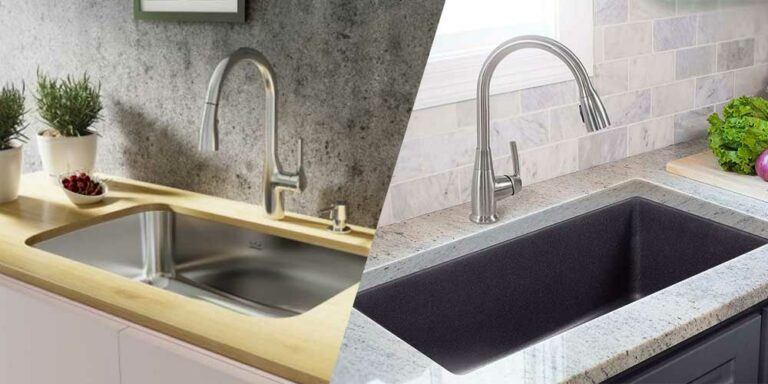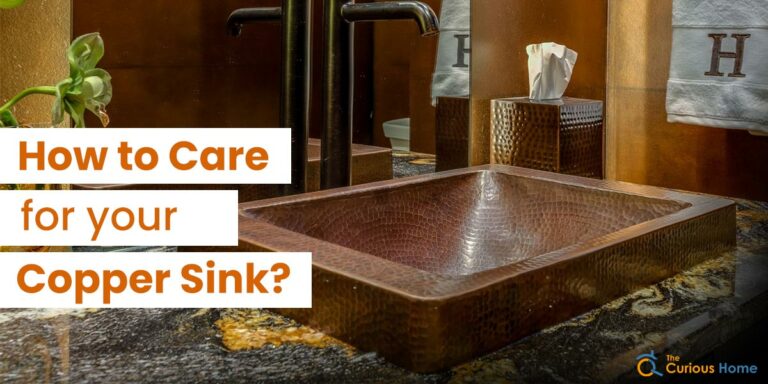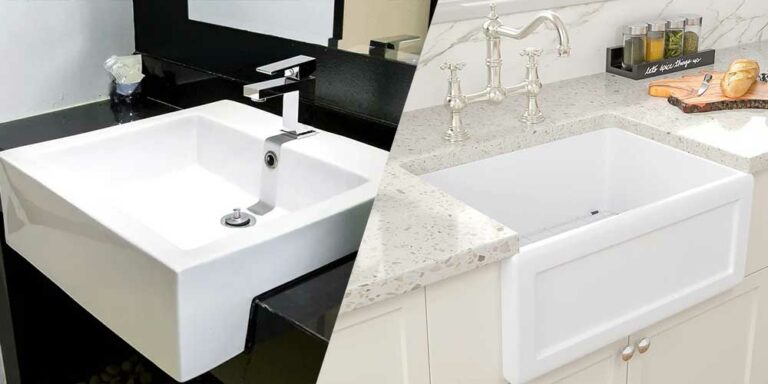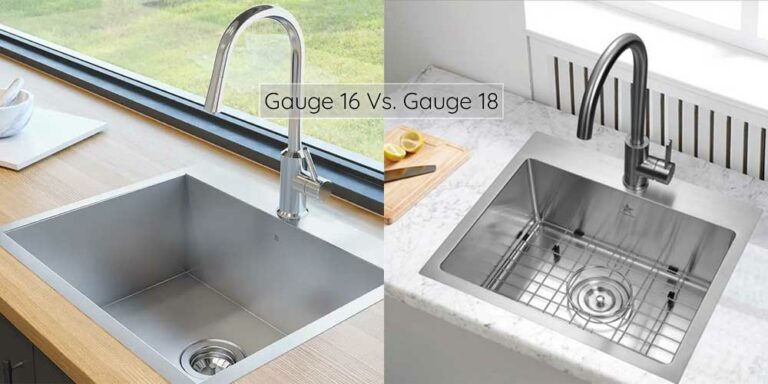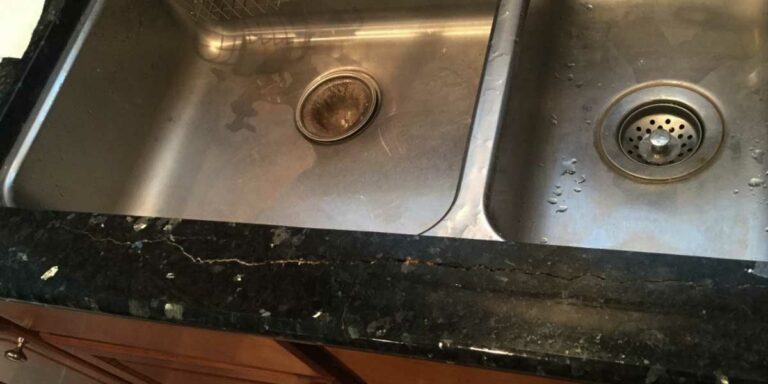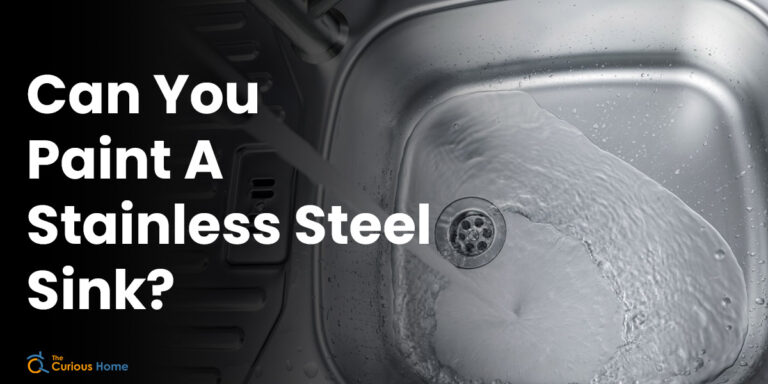How To Remove Chemical Stains From Stainless Steel Sink
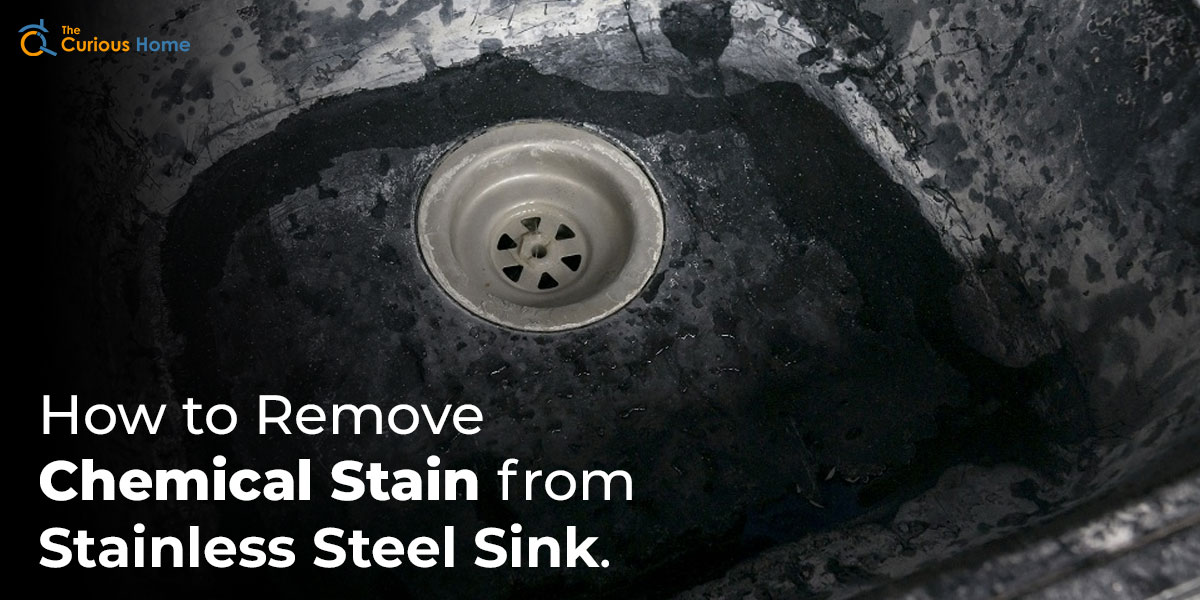
The market is filled with a variety of sink materials, and there has always been a debate between materials like porcelain sink vs stainless steel, granite composite vs stainless, cast iron vs stainless steel, and fireclay vs cast iron, but in all these materials, stainless is preferred by many people for its versatility, durability, easy to clean and many more.
However, you would well believe that “stainless” steel is completely impervious to stains of all kinds, but this is simply not the case. Stainless steel does stain, even though it is less likely to rust discoloration than regular steel. Chromium oxide protection on stainless steel’s surface is what enables it to maintain its luster longer than other kinds of steel.
In actuality, chromium oxide is a type of rust, but unlike the more familiar iron oxide variety, the chromium oxide layer typically doesn’t flake off and exposes more of the underlying metal to corrosion. Given the right cleaning solution and tool, most stains on stainless steel can be easily removed thanks to this protective coating.
In this article, we will provide step-by-step instructions on how to effectively remove chemical stains from stainless steel sinks, including tips for choosing the right cleaning solution and how to avoid damaging the sink’s surface. Whether you’re dealing with light or stubborn stains, with these tips and tricks, you can have your stainless steel sink looking like new again.
What Is A Stainless Steel Sink?
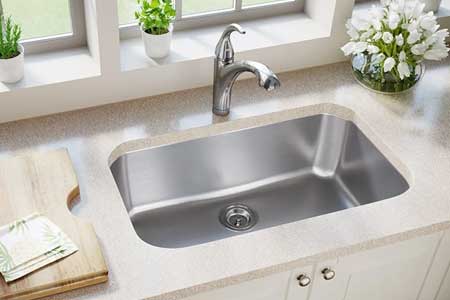
To manufacture a stainless steel sink, large sheets of stainless steel are first cut into the desired shape of the sink using a laser or water jet cutter. The edges of the cut pieces are then bent and formed into the final shape of the sink, creating the basin and surrounding rim. The sink is then polished to give it a smooth and shiny finish.
Stainless steel sinks may be shaped to fit into nearly any shape profile or mold you want, as long as you are ready to pay for it because it is easily flexible in comparison to other materials.
People prefer stainless steel sinks because of the various benefits it offers. They are durable, easy to clean, resist stains and rust, and have a modern and sleek appearance that complements most kitchen styles. Additionally, they are relatively lightweight and come in a variety of sizes and styles to fit different kitchen designs.
What Causes Stains On Stainless Steel?
If the localized concentration of chromium is 12% or greater, it can protect stainless steel against corrosion. Staining or rusting will occur if anything brings the localized chromium content down below the threshold of 12%. Chlorides, hydrochloric acids, sulfuric acids, contact with iron or carbon steel, and high temperatures are some of the most common factors contributing to stainless steel’s corrosion.
There are approximately 150 different grades of stainless steel, and some of those grades are more susceptible to corrosion than others. An increase in the chromium content of stainless steel and additional elements such as molybdenum, nickel, and nitrogen are both effective ways to improve the material’s resistance to corrosion and its other beneficial features.
Different Types Of Stains On Stainless Steel Sinks
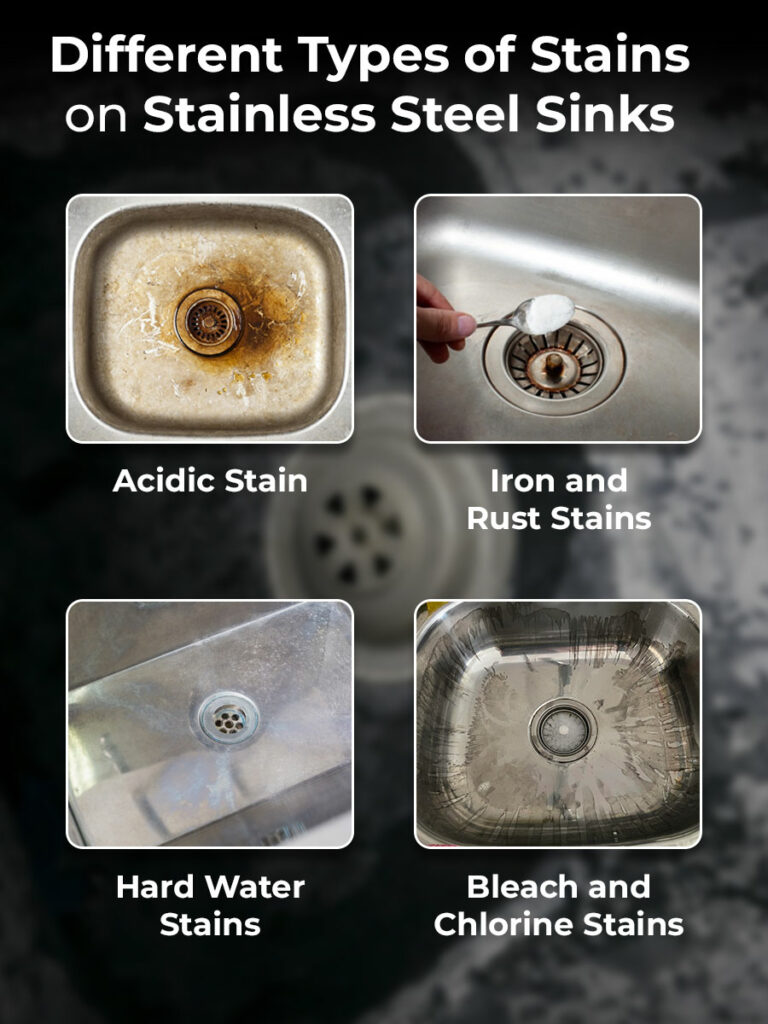
1. Acidic Stain
The passive layer is rendered unstable by strong acids. It is possible for hydrochloric and sulfuric acids to cause general surface corrosion in stainless steel when it is exposed to these acids. The manufacture of plastics makes use of the very acidic substance known as hydrochloric acid. Descaling agents, which are used to remove limescale, typically contain diluted hydrochloric acid.
As a corrosive substance, sulfuric acid can inflict serious chemical burns as well as secondary thermal burns if it comes into contact with the skin. Processing minerals, refining oils, and treating wastewater are some applications for this substance. Products for the home, such as drain cleaners, typically have formulations that are more watered down.
2. Iron and Rust Stains
When brought into contact with stainless steel, iron or rust particles can also start the corrosion process. Surfaces made of stainless steel can become corroded when exposed to trace particles of iron or carbon steel. Rust spots, if they are not removed promptly, can cause the chromium oxide surface to become compromised, leading to localized corrosion such as pitting.
You can clean these stains using simple home remedies, use a mixture of lemon and salt, baking soda and vinegar, or a commercial stainless steel cleaner. Apply the solution to the stain and let it sit for 10-15 minutes before rinsing thoroughly with water. For stubborn stains, repeat the process or use a soft-bristled scrub brush
3. Bleach and Chlorine Stains
Chromium oxide is highly susceptible to corrosion when exposed to chlorides. The rate of corrosion is sped up in coastal regions that are subjected to salt spray and in regions that use de-icing solutions throughout the winter. Because of their consistent contact with chlorine, salt, and other corrosive substances, the chemical and food processing components have a high chromium concentration.
4. Hard Water Stains
The minerals in hard water have the potential to accumulate on any sink. Calcium deposits will cause it to become hazy, and dissolved iron is the cause of unattractive brownish rust stains that may be found on many older fixtures found in bathrooms and kitchens. Calcium deposits will turn it cloudy.
How To Prevent Stains On Stainless Steel Sink
- After using soap or detergent, Just advises rinsing your stainless steel sink.
- Combine a simple daily treatment with weekly gentle abrasive cleaning. Use household cleaners. Warm water, sponges, and clean clothes work well with these cleaners.
- Scrub in the polish lines to match your sink’s surface.
- Rinse the surface promptly after cleaning since most soaps and detergents include chlorides. Rinsing stainless steel in hot water makes it clean and ready for use.
- Iron particles from carbon steel brushes and steel wool can cause rust and corrosion.
- Finally, dry the area with clean towels to prevent wet marks. Avoid wiping with oily or greasy towels. Drying your sink prevents water and rust streaks.
- Baking soda is abrasive enough to brush away light, hard water deposits, and stuck-on oil and food without scratching the glossy stainless steel sink. A baking soda-water paste can clean your sink. Rinse the sink with bubbling vinegar.
Conclusion
The removal of chemical stains from stainless steel sinks can be challenging, but fortunately, there are several tips that can help you complete the task. The procedures described above may not be effective depending on the kind of chemical that was left behind and the amount of time that has passed since it was spilled on your sink. On the other hand, if you apply these methods, you will be able to eliminate those unsightly stains in no time!

